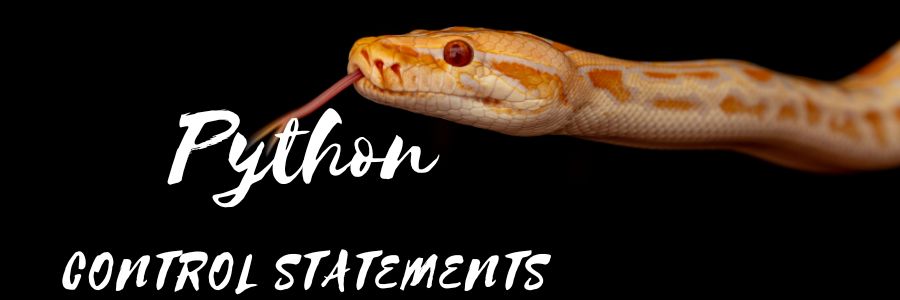Decision Making in Python
In Python, decision-making is the process of executing a specific set of code statements based on a given condition. This is achieved through the use of conditional statements, such as if-else and elif statements. The most basic form of decision-making in Python is the if statement. The if statement allows you to execute a specific … Read more










